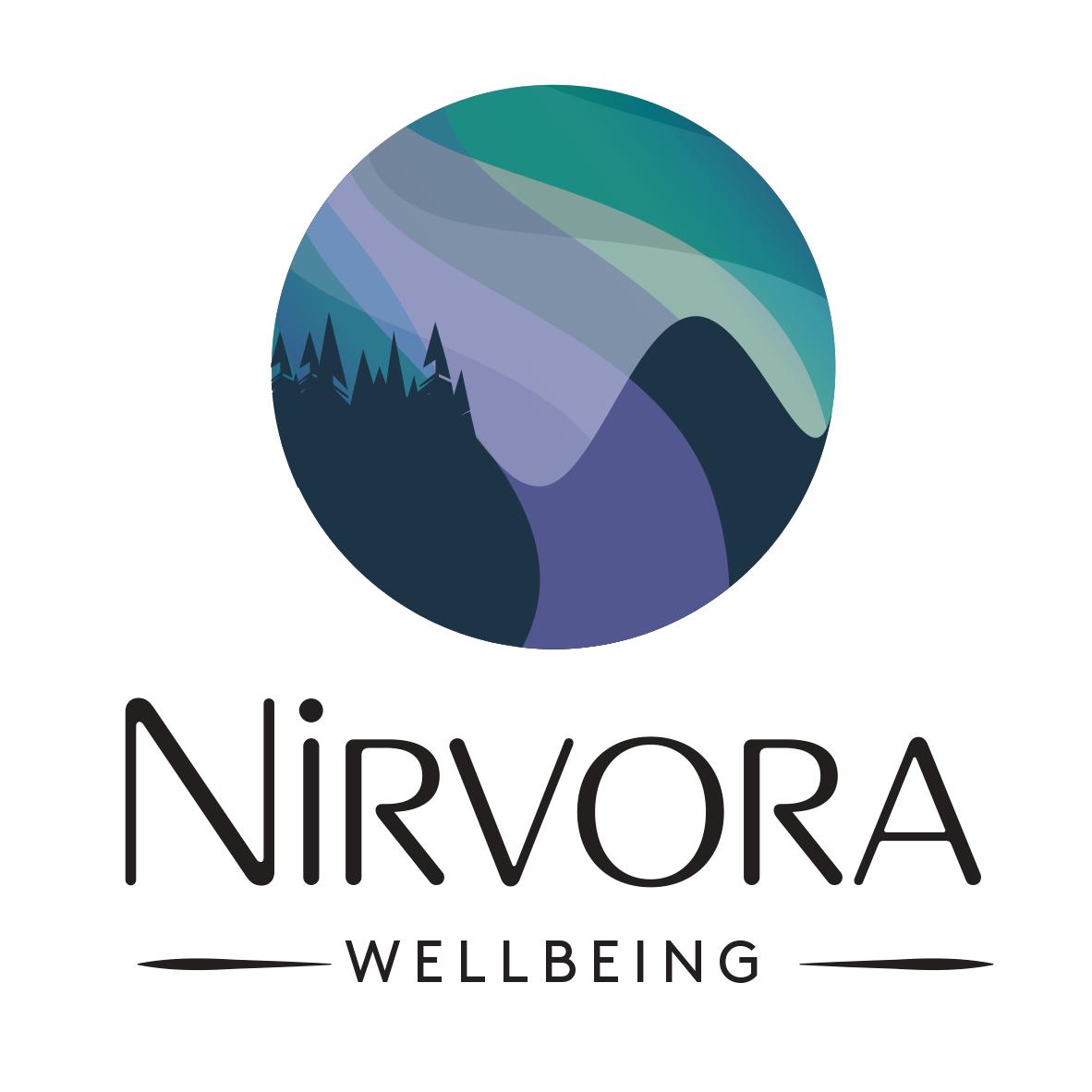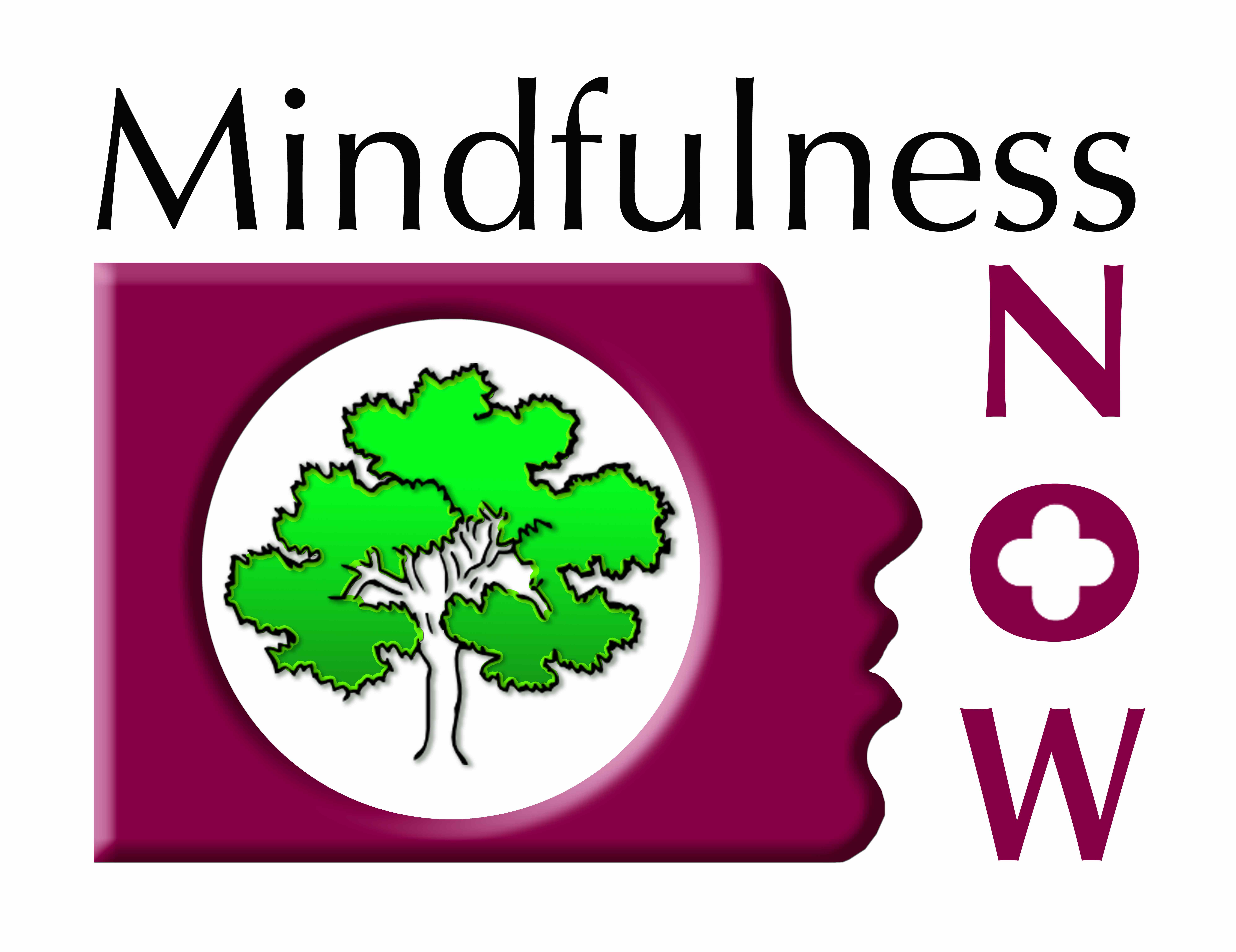If you search online ‘Pillars of Health’, they can vary from 4 to 7 or even 8 aspects of life to focus on. There is no definitive or absolute answer, as they are personal - what works for some may not suite others. Plus, one’s interpretation of a ‘pillar of health’ can have slightly different meaning to individuals. Over the last few years, I have put a great deal of thought (and reading of the benefits and research) into the Pillars of Health that are important to me, and those which support and compliment my lifestyle.
These include:
Rest, sleep (yes different to rest), nutrition, day light & darkness, social connection, exercise/movement and the mind.
I have found supporting these aspects of health, allow me to feel healthier, calmer and happier (by the latter I do not mean in a constant state of overt joy (as this isn’t realistic), but rather an inner feeling of peace and contentment in the moment. I know, when I priorities these pillars of health, I have the mental and physical ability and reserves to deal with life better, including the stresses and strains of daily life. When life throws a curve ball, I have found if I consciously focus on the above, I am able to deal with these challenges a little easier. On reflection, prioritising these pillars of health has most definitely had a positive impact on my anxiety levels and reactivity. As I continue along this journey, I am finding it easier to pause and figure out which pillar is ‘off balance’ and I can recognise sooner, how this is impacting me physically, mentally and/or emotionally.
Over the next few months, I will touch on these 7 Pillars of Health, providing some tips and brief advice to support the implementation of each, with an explanation of why and how each supports us. The intention is not to preach or sound superior in any way; believe you me, I am human and have many flaws (just ask my immediate family and closest friends!!) and I most certainly do not have life sussed. My hope is, by sharing the knowledge I have gained, as a busy working Mum, may help you too!
Before I go into each pillar in more detail, today’s focus is to consider - how do you get started?
We are habitual creatures, research has shown that within an average day, almost half of the activities we complete are done out of habit. So, the more we can apply new, healthy habits into our existing daily routine, the easier we can make them stick and, more importantly, maintain them! Another trick is to start small and make changes that are realistic and attainable. As a Nutrition and Lifestyle Coach (NLC) I work with my clients to create individual SMART targets that suite their current lifestyle and personal circumstances.
Some tips for making changes include:
Start simple – less is more! Make small changes at a time, which are attainable in a couple of weeks and gradually build up on that success. Do not try to make too many changes at once. Yes, have an end goal in mind but work to it gradually, this way any changes are far more likely to become part of your daily/weekly routine and eventually a way of living.
Be well planned and prepared – take the time to consider where you are in life and what long term goals you want to achieve and how to steadily work towards them. Begin to plan where in your day or week you can add in or tweak existing habits and changes. Remember be realistic!
Where possible lock the new change/activity onto an existing habit. As already mentioned, there is a huge amount of research to support this is an effective way of making long-term changes.
Be realistic with your time management – carefully consider the time you plan to complete these changes. As you will feel naturally more inclined to complete different activities at different times within the day. Plus, what timings fit in, realistically, within your daily, weekly and/or monthly routines. The more you impement these simple changes, at a time that feels right for you, the more natural it will feel.
Design/consider your environment – have things laid out or easily accessible to support your changes. For example, you want to go for a walk first thing in the morning, lay your clothes out the night before. OR equally put away or get rid of those things that may prevent you from achieving your targets. For example, don’t bring your phone to the bedroom, charge it somewhere else and have a different alarm to wake you in the morning.
Make targets measurable – so in a week or fortnight you can tick off what you have achieved and build on that success.
Celebrate your success! Acknowledging your achievements, on a regular basis, will increase your chances of maintaining and improving them further!
Good luck!
____________________________________
In February the focus will be on ‘rest’ – did you know there are seven types of rest?
Until then, remember to invest this quality time in yourself, you are worth it and definitely deserve it and!
Lx




